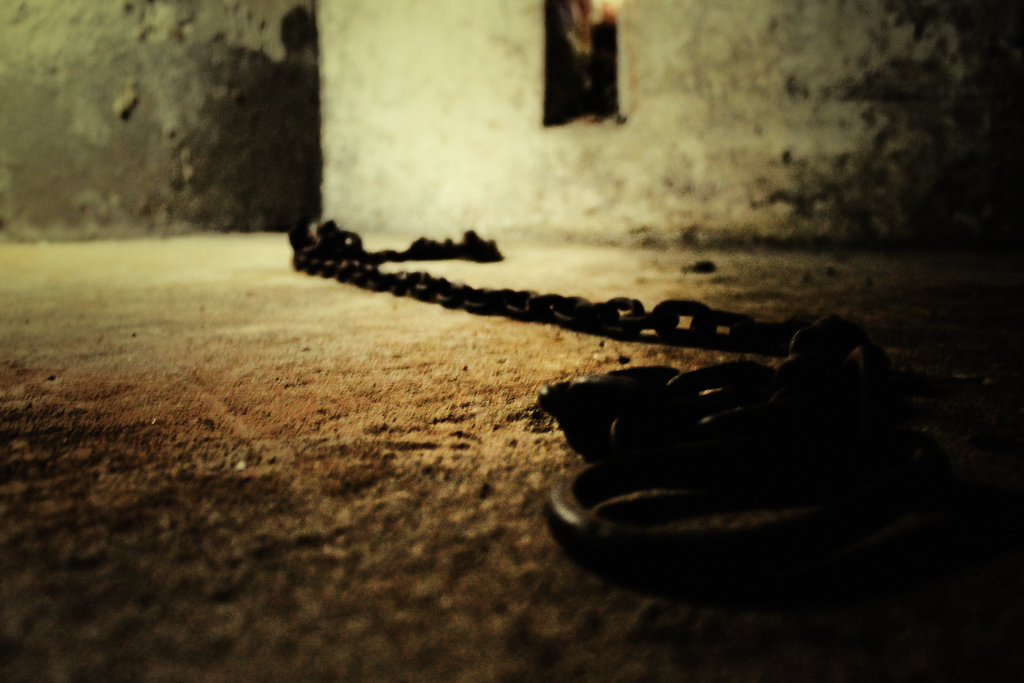245 years ago, on 22 June 1772, an English court decided the oldest of our 50 Human Rights Cases That Transformed Britain: Somerset v Stewart. This case marked a pivotal moment in the fight to abolish slavery in Britain.
In 1771 James Somerset, a slave, escaped from his owner, Charles Stewart. Somerset was re-captured and imprisoned on board a ship bound for Jamaica. Stewart wanted to send Somerset to Jamaica to be re-sold. Somerset’s godparents brought a legal challenge against his imprisonment.
The judge, Lord Mansfield, strongly recommended that the parties come to their own arrangement. But no, the parties insisted that the matter should be decided by the court. So, Lord Mansfield said ”let justice be done whatever be the consequence”. And there were consequences.
The court said that slavery was odious – meaning repulsive, objectionable, offensive… you get the idea. It was so odious that only ‘positive law’, such as an Act of Parliament, could support it. Nowhere did the law of England say that Somerset’s situation was allowed, so Somerset had to be freed.
What happened next?

There is some debate about whether the Somerset judgment really heralded the end of slavery in England. Lord Mansfield himself later said that the Somerset case decided only that a slave could not be removed from England against his will.
Nonetheless, the Somerset case was a catalyst for the abolition movement. Whatever the technical legal effect of Lord Mansfield’s decision, the case became widely understood by the public as meaning that, ‘on English soil at least, no man was a slave’. It wasn’t until the Slave Trade Act 1807 that the slave trade was abolished in England and in 1833, with the Slavery Abolition Act, slavery itself was formally abolished.
Where are we now?

The European Convention on Human Rights includes the right to be free from slavery. It states:
No one shall be held in slavery or servitude. No one shall be required to perform forced or compulsory labour.
The United Kingdom has opted into the European Union’s Human Trafficking Directive and has signed the Convention on Action against Trafficking in Human Beings. The Modern Slavery Act 2015 makes provision for protecting victims of slavery, forced labour, and human trafficking. It also requires the appointment of an Independent Anti-slavery Commissioner.
We’ve got quite a way still to go though. In 2015 the National Crime Agency reported that 3,266 people from 103 countries had been referred to it as potential victims of trafficking – a 40% increase from 2014. Of those, 982 were children.
Recently, in a case involving four people from the European Economic Area who had been trafficked to the UK, a High Court judge stated that the UK Government considers human trafficking “a form of modern slavery”.
Ultimately, Somerset v Stewart was a key milestone in the fight to abolish slavery. And, while there has been a lot of progress since, there remains a long way to go to combat equally odious modern slavery.
Read the judgment in Somerset v Stewart here.
Read Lord Mansfield’s later interpretation of the case here. For the judgment of the High Court recognising the UK’s Government’s view on trafficking as a form of modern slavery see here.
Take a look at our 50 Human Rights Cases That Transformed Britain and our infographic poster on the right to be free from slavery by clicking the links in this paragraph. Also, read our recent posts on the anniversary of the Modern Slavery Act and the abolition of the transatlantic slave trade.







